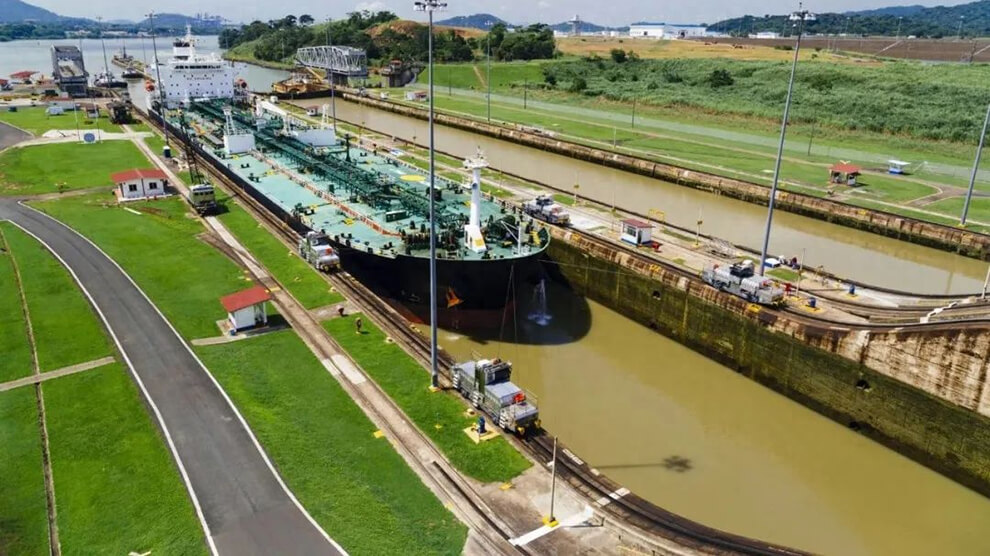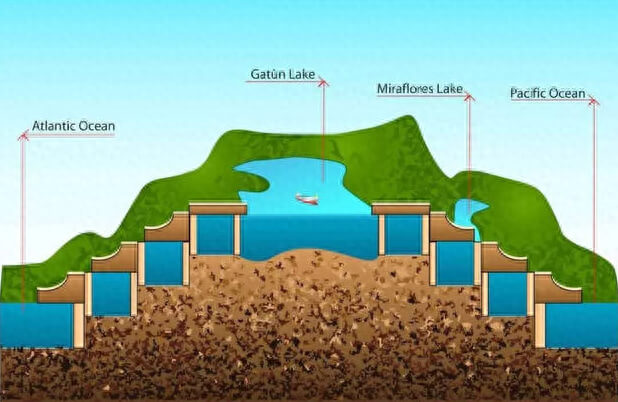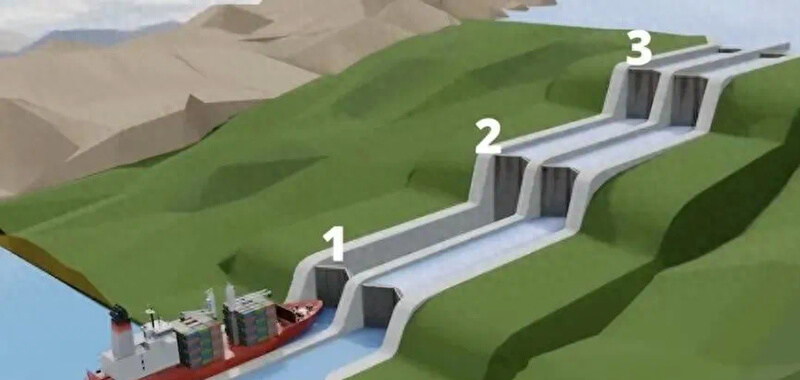Continued drought causes blockage of Panama Canal
Date:2023-09-01
Recently, the Panama Canal is facing a severe drought, which affects international trade and global shipping. As of August 25, more than 130 ships have been stranded here. The drought has reduced the capacity of the canal, and the canal administration has introduced measures to restrict traffic.

So why is the drought affecting shipping in the Panama Canal?
The Panama Canal is one of the largest transportation projects in human history. After its completion in 1914, it passed through the waterways of Central America to connect the Atlantic Ocean and the Pacific Ocean, so that a large number of ocean-going ships no longer detour around South America. The total length of the canal is 82 kilometers. On the way, there is a huge artificial lake called Gatun Lake that supplies water for the canal and is used for the smooth passage of ships.
However, once a severe drought occurs, the water in the artificial lake will be insufficient, which will directly affect the traffic capacity of the canal. The structure of the Panama Canal is actually like an artificial lake surrounded by a dam. The surface of the canal is higher than sea level. The two sides of the dam are the entrances connecting the two oceans respectively. The entrances are equipped with a ship lock system. To pass, ships had to pass through a system of locks that climbed level by level in the reservoir between the locks until they reached level with the canal.

Take the three-tier ship lock system as an example. When the No. 1 lock gate is opened, the ship enters….
Then Gate No. 1 is closed, and Gate No. 2 is opened. Since Gate No. 2 is full of water, after opening the gate, water will be released into the reservoir of Gate No. 1 until the water level on both sides is equal. After the water level inside and outside the No. 2 gate is equal, the ship enters through the No. 2 gate, and the No. 2 gate is closed. After that, the No. 3 gate was opened, and the water was stored in the same way, so that the ship continued to rise and rose to the water of the canal…

At this time, the next boat from behind came again, and the No. 1 gate needs to be opened to open the water to lower the water level so that the boats behind can come in.
In this way, the water between the No. 1 and No. 2 gates is put into the sea like this. And this part of the water is the extra part of the fresh water released from the artificial lake Gatun Lake by the lock system to allow ships to pass through. In other words, every time the lock system raises and lowers ships, Gatun Lake loses some fresh water.
Statistics show that every time a large container ship passes, Gatun Lake consumes 200,000 cubic meters of fresh water. Most of this fresh water comes from water storage after rainfall in artificial lakes. When there is sufficient rainfall, Gatun Lake has enough water for the canal to lift boats. And once there is a drought, the number of boats has to be limited.
Next: Delivery of D type fenders for passenger catamarans
RELATED
- New shipment of ID500 discharge rubber hoses for dredging
- Effective Ship Anchoring: Key Steps for Stability and Safety
- Sweden Tender – Quay front reinforcement & rubber fenders replacement at Norrköping harbor
- Dia2500×L4000mm Pneumatic Fenders and GD Type Fenders to Europe
- How to Properly Store Marine Airbags for Longevity?
- Top 10 container throughput of ports worldwide in 2024
- Successful Shipment of D3.3xL6.5m Pneumatic Fenders to Southeast Asia
- Sri Lanka Tender – D type rubber fenders – 180 X 160 (Side)

